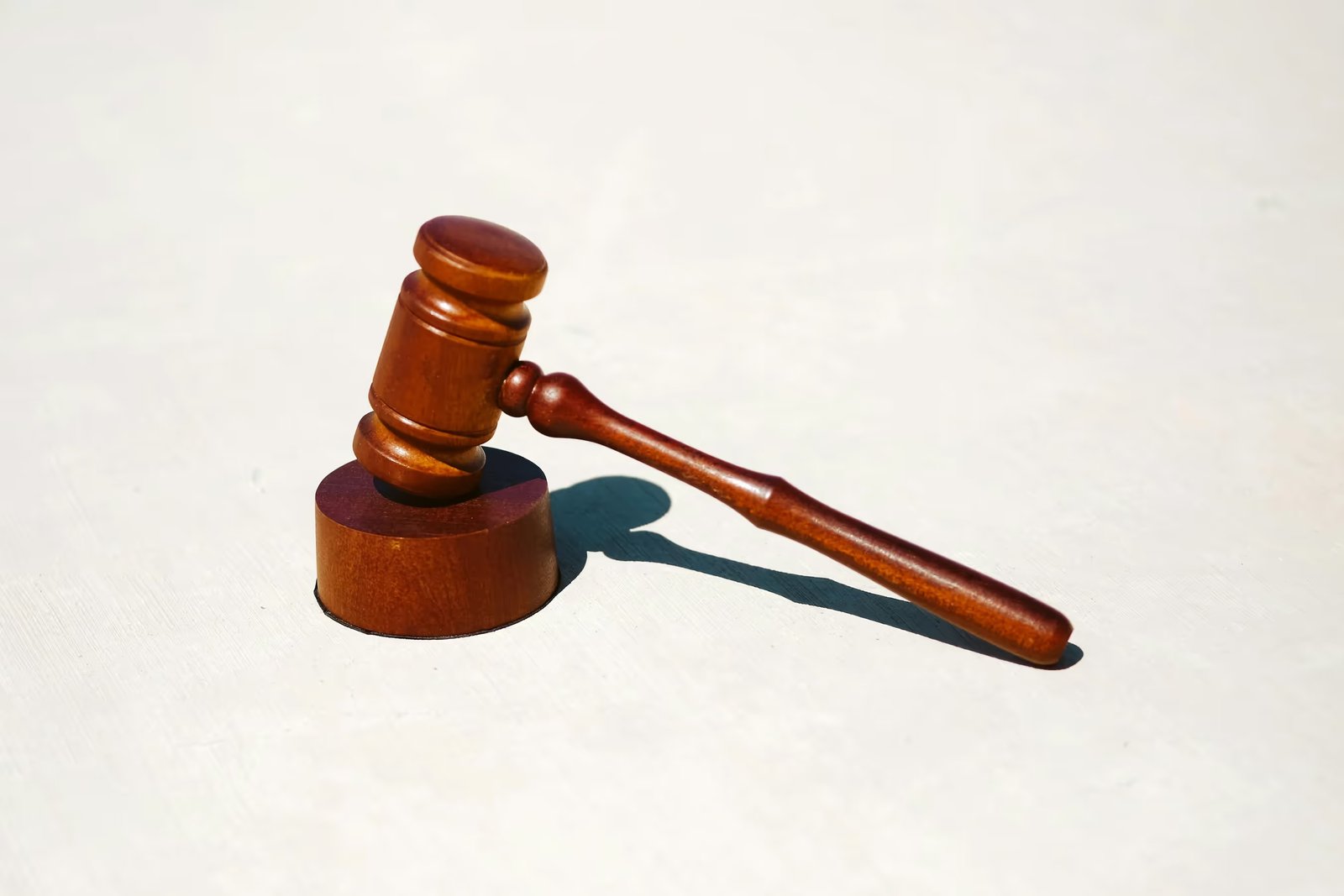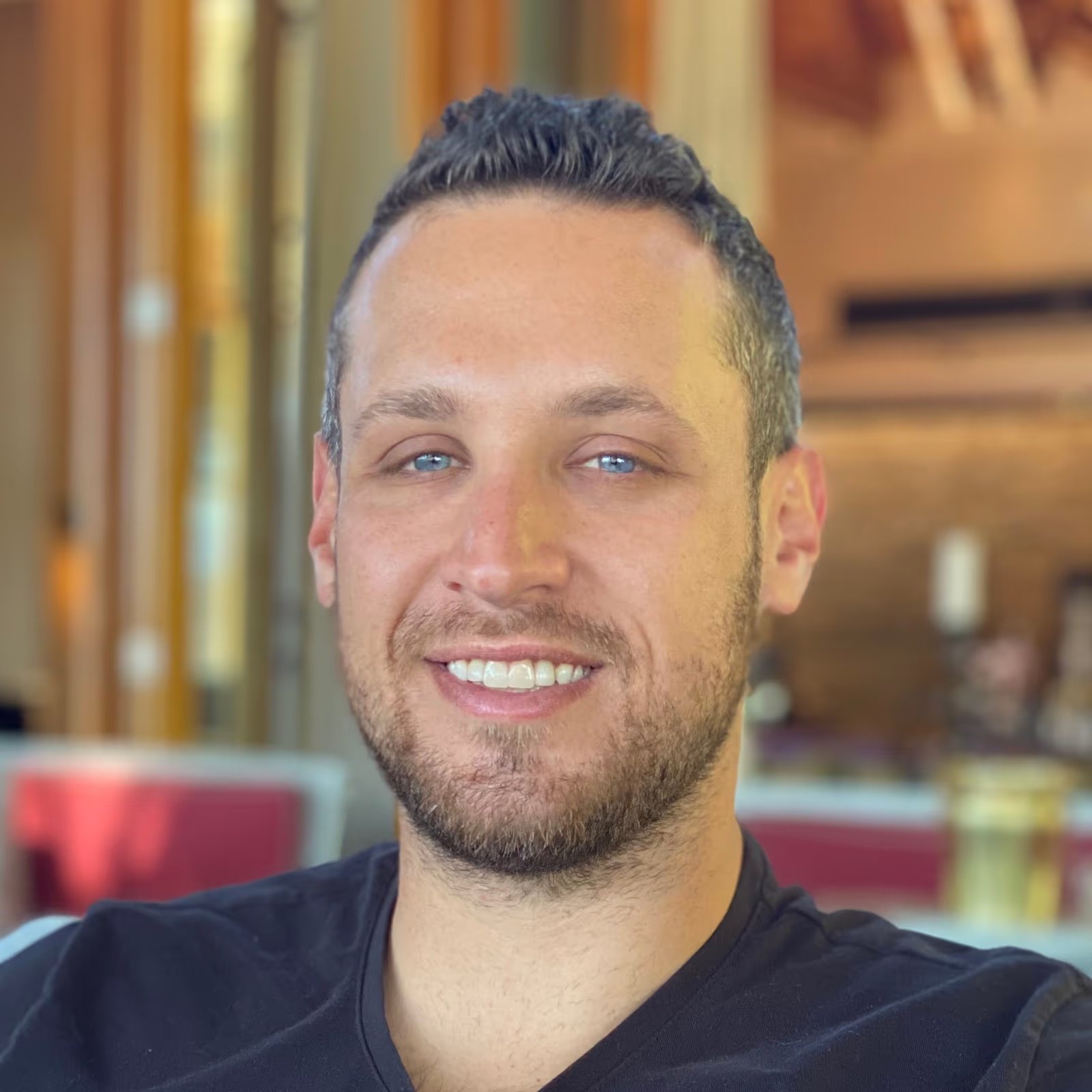Question
ARTE's Answer
The term "1031 exchange" comes from Section 1031 of the Internal Revenue Code (IRC), which outlines the rules and regulations for tax-deferred exchanges of real property. This section of the tax code allows investors to defer paying capital gains taxes on the sale of a property if they reinvest the proceeds into a like-kind property. The primary goal of this provision is to encourage continued investment in real estate by allowing investors to defer taxes and keep more capital working for them in new investments.
The history of the 1031 exchange dates back to the Revenue Act of 1921, which first introduced the concept of like-kind exchanges. Over the years, the rules have evolved, but the core principle remains the same: to incentivize real estate investment by deferring taxes on gains from property sales when the proceeds are reinvested in similar properties.
To illustrate how a 1031 exchange works, let's consider an example using Deferred.com as the qualified intermediary. Suppose you own an investment property, a rental house, that you purchased for $200,000 several years ago. The property has appreciated in value and is now worth $400,000. You decide to sell this property and purchase a larger apartment complex for $600,000.
- Sale of the Relinquished Property: You sell your rental house for $400,000. Instead of receiving the proceeds directly, you engage Deferred.com as your qualified intermediary. We hold the funds from the sale to ensure you do not have constructive receipt of the money, which is crucial for maintaining the tax-deferred status of the exchange.
- Identification Period: Within 45 days of selling your rental house, you must identify potential replacement properties. You can identify up to three properties regardless of their value, or more if they meet certain value criteria.
- Acquisition of the Replacement Property: You have 180 days from the sale of your relinquished property to close on the purchase of the replacement property. In this case, you decide to purchase the apartment complex for $600,000. Deferred.com uses the $400,000 from the sale of your rental house as part of the purchase price, and you secure a mortgage or use additional funds to cover the remaining $200,000.
By completing this exchange, you defer the capital gains tax on the $200,000 gain from the sale of your rental house. This allows you to reinvest the full amount into the new property, maximizing your investment potential and continuing to build wealth through real estate.
The 1031 exchange is a powerful tool for real estate investors, and at Deferred.com, we are committed to providing seamless and cost-effective qualified intermediary services to help you navigate the process. Our "No Fee Exchange" option is designed to save you money, making it easier to take advantage of the benefits of a 1031 exchange.
Have more questions? Call us at 866-442-1031 or send an email to support@deferred.com to talk with an exchange officer at Deferred.
Sources
- Evolution of Section 1031 Exchanges
- Goolsby v. Commissioner
- TAM 200039005 (Failed Reverse Exchanges)
- Deferring Losses On The Sale of Property Using 1031 Exchanges
- Rev. Rul. 2002-83 (Related Party Exchanges)
- What To Do About Exchange Expenses in a Section 1031 Exchange? (Article)
- Starker v. United States
1031 Question? Ask ARTE
Deferred's AI 1031 Research Assistant is trained on 8,000+ pages of US tax law and outperforms human CPAs by 22%+
CHAT NOW
Learn More
See more frequently asked questions about 1031 exchanges








